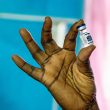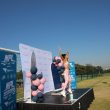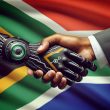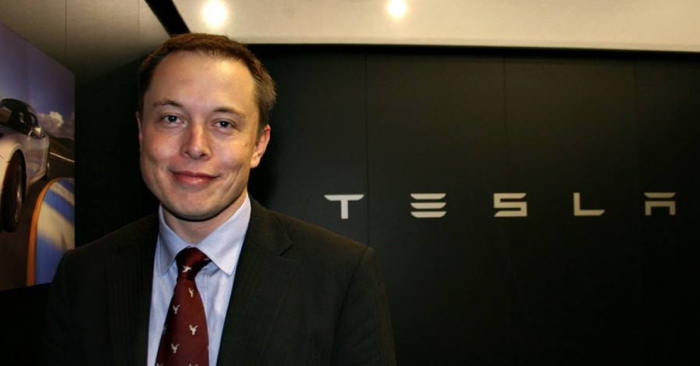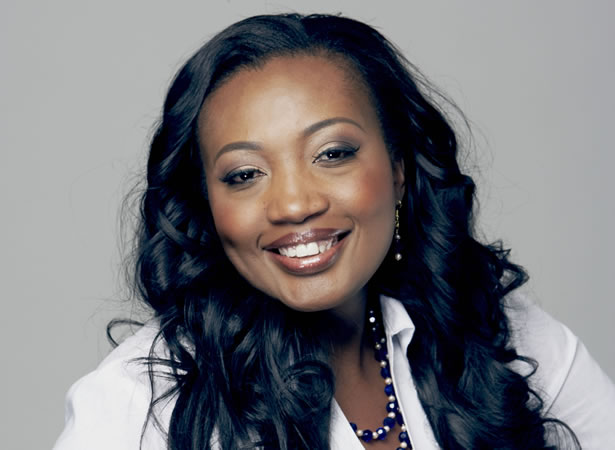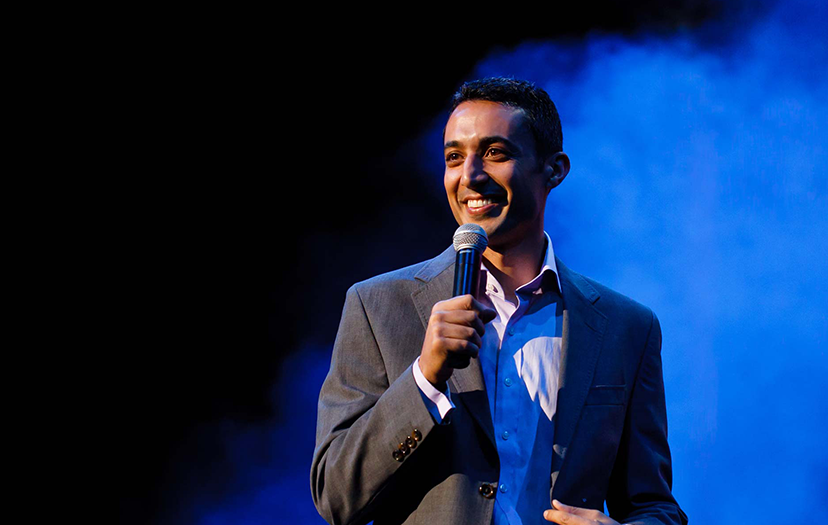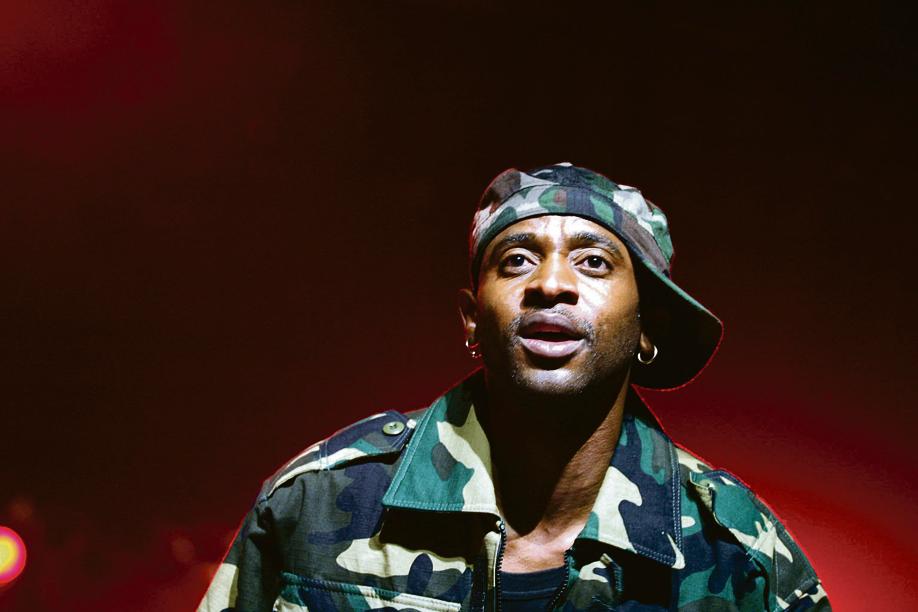Video :
Musk was born on June 28, 1971, in Pretoria, Transvaal, South Africa, the son of Maye (née Haldeman), a model and dietician from Regina, Saskatchewan, Canada; and Errol Musk, a South African-born electromechanical engineer. He has a younger brother, Kimbal (born 1972), and a younger sister, Tosca (born 1974). His paternal grandmother was British, and he also has Pennsylvania Dutch ancestry. After his parents divorced in 1980, Musk lived mostly with his father in locations in South Africa.
At age 10, he developed an interest in computing with the Commodore VIC-20. He taught himself computer programming and at age 12, sold the code for a BASIC-based video game he created called Blastar to a magazine called PC and Office Technology for approximately US$500. A web version of the game is available online.
Musk was severely bullied throughout his childhood, and was once hospitalized when a group of boys threw him down a flight of stairs and then beat him until he lost consciousness.
Musk was initially educated at private schools, attending the English-speaking Waterkloof House Preparatory School. Musk later graduated from Pretoria Boys High School and moved to Canada in June 1989, just before his 18th birthday,[40] after obtaining Canadian citizenship through his Canadian-born mother.
Invenyion / Businesses
Zip2
In 1995, Musk and his brother, Kimbal, started Zip2, a web software company, with US$28,000 of their father’s (Errol Musk) money. The company developed and marketed an Internet “city guide” for the newspaper publishing industry. Musk obtained contracts with The New York Times and the Chicago Tribune and persuaded the board of directors to abandon plans for a merger with CitySearch. While at Zip2, Musk wanted to become CEO; however, none of the board members would allow it. Compaq acquired Zip2 for US$307 million in cash and US$34 million in stock options in February 1999. Musk received 7% or US$22 million from the sale.
X.com and PayPal
In March 1999, Musk co-founded X.com, an online financial services and e-mail payment company, with US$10 million from the sale of Zip2. One year later, the company merged with Confinity, which had a money transfer service called PayPal. The merged company focused on the PayPal service and was renamed PayPal in 2001. PayPal’s early growth was driven mainly by a viral marketing campaign where new customers were recruited when they received money through the service. Musk was ousted in October 2000 from his role as CEO (although he remained on the board) due to disagreements with other company leadership, notably over his desire to move PayPal’s Unix-based infrastructure to Microsoft Windows. In October 2002, PayPal was acquired by eBay for US$1.5 billion in stock, of which Musk received US$165 million. Before its sale, Musk, who was the company’s largest shareholder, owned 11.7% of PayPal’s shares.
SpaceX
In 2001, Musk conceptualized “Mars Oasis”; a project to land a miniature experimental greenhouse on Mars, containing food crops growing on Martian regolith, in an attempt to regain public interest in space exploration. In October 2001, Musk travelled to Moscow with Jim Cantrell (an aerospace supplies fixer), and (his best friend from college), to buy refurbished ICBMs that could send the envisioned payloads into space. The group met with companies such as NPO Lavochkin and Kosmotras, however, according to Cantrell, Musk was seen as a novice and was consequently spat on by one of the Russian chief designers,and the group returned to the United States empty-handed. In February 2002, the group returned to Russia to look for three ICBMs, bringing along Mike Griffin, who had worked for the CIA’s venture capital arm, In-Q-Tel; NASA’s Jet Propulsion Laboratory; and was just leaving Orbital Sciences, a maker of satellites and spacecraft. The group met again with Kosmotras, and were offered one rocket for US$8 million, however, this was seen by Musk as too expensive; Musk consequently stormed out of the meeting. On the flight back from Moscow, Musk realized that he could start a company that could build the affordable rockets he needed. According to early Tesla and SpaceX investor Steve Jurvetson, Musk calculated that the raw materials for building a rocket actually were only 3 percent of the sales price of a rocket at the time. By applying vertical integration and the modular approach from software engineering, SpaceX could cut launch price by a factor of ten and still enjoy a 70-percent gross margin. Ultimately, Musk ended up founding SpaceX with the long-term goal of creating a “true spacefaring civilization”.
Musk and President Barack Obama at the Falcon 9 launch site in 2010
With US$100 million of his early fortune, Musk founded Space Exploration Technologies, or SpaceX, in June 2002. Musk is chief executive officer (CEO) and chief technology officer (CTO) of the Hawthorne, California-based company. SpaceX develops and manufactures space launch vehicles with a focus on advancing the state of rocket technology. The company’s first two launch vehicles are the Falcon 1 and Falcon 9 rockets (a nod to Star Wars’ Millennium Falcon), and its first spacecraft is the Dragon (a nod to Puff the Magic Dragon). In seven years, SpaceX designed the family of Falcon launch vehicles and the Dragon multipurpose spacecraft. In September 2008, SpaceX’s Falcon 1 rocket became the first privately funded liquid-fueled vehicle to put a satellite into Earth orbit. On May 25, 2012, the SpaceX Dragon vehicle berthed with the ISS, making history as the first commercial company to launch and berth a vehicle to the International Space Station.
In 2006, SpaceX was awarded a contract from NASA to continue the development and test of the SpaceX Falcon 9 launch vehicle and Dragon spacecraft in order to transport cargo to the International Space Station, followed by a US$1.6 billion NASA Commercial Resupply Services program contract on December 23, 2008, for 12 flights of its Falcon 9 rocket and Dragon spacecraft to the Space Station, replacing the US Space Shuttle after it retired in 2011.[67] Astronaut transport to the ISS is currently handled solely by the Soyuz, but SpaceX is one of two companies awarded a contract by NASA as part of the Commercial Crew Development program, which is intended to develop a US astronaut transport capability by 2018. On 22 December 2015, SpaceX successfully landed the first stage of its Falcon rocket back at the launch pad. This was the first time in history such a feat had been achieved by an orbital rocket and is a significant step towards rocket reusability lowering the costs of access to space. This first stage recovery was replicated several times in 2016 by landing on an Autonomous spaceport drone ship, an ocean based recovery platform.In late 2016 SpaceX intends to launch its Falcon Heavy rocket, which will be the most powerful operational rocket in the world.
SpaceX is both the largest private producer of rocket motors in the world, and holder of the record for highest thrust-to-weight ratio for any known rocket motor. SpaceX has produced more than 100 operational Merlin 1D engines, currently the world’s most powerful motor for its weight. The relatively immense power to weight ratio allows each Merlin 1D motor to vertically lift the weight of 40 average family cars. In combination, the 9 Merlin engines in the Falcon 9 first stage produces anywhere from 5.8 to 6.7 MN (1.3 to 1.5 million pounds) of thrust, depending on altitude.
Musk was influenced by Isaac Asimov’s Foundation series and views space exploration as an important step in expanding—if not preserving—the consciousness of human life. Musk said that multiplanetary life may serve as a hedge against threats to the survival of the human species.
An asteroid or a super volcano could destroy us, and we face risks the dinosaurs never saw: an engineered virus, inadvertent creation of a micro black hole, catastrophic global warming or some as-yet-unknown technology could spell the end of us. Humankind evolved over millions of years, but in the last sixty years atomic weaponry created the potential to extinguish ourselves. Sooner or later, we must expand life beyond this green and blue ball—or go extinct.
Musk’s goal is to reduce the cost of human spaceflight by a factor of 10. In a 2011 interview, he said he hopes to send humans to Mars’ surface within 10–20 years. In Ashlee Vance’s biography, Musk stated that he wants to establish a Mars colony by 2040, with a population of 80,000. Musk stated that, since Mars’ atmosphere lacks oxygen, all transportation would have to be electric (electric cars, electric trains, Hyperloop, electric aircraft). Space X intends to launch a Dragon spacecraft on a Falcon Heavy in 2018 to soft-land on Mars – this is intended to be the first of a regular cargo mission supply-run to Mars building up to later crewed flights. Musk stated in June 2016 that the first unmanned flight of the larger Mars Colonial Transporter (MCT) spacecraft is aimed for departure to the red planet in 2022, to be followed by the first manned MCT Mars flight departing in 2024. In September 2016, Musk revealed details of his plan to explore and colonize Mars.
Tesla Motors
Tesla Motors was incorporated in July 2003 by Martin Eberhard and Marc Tarpenning, who financed the company until the Series A round of funding.
Both men played active roles in the company’s early development prior to Elon Musk’s involvement.Musk led the Series A round of investment in February 2004, joining Tesla’s board of directors as its chairman. Musk took an active role within the company and oversaw Roadster product design at a detailed level, but was not deeply involved in day-to-day business operations.
Following the financial crisis in 2008, Musk assumed leadership of the company as CEO and product architect, positions he still holds today. Tesla Motors first built an electric sports car, the Tesla Roadster in 2008, with sales of about 2,500 vehicles to 31 countries. Tesla began delivery of its four-door Model S sedan on June 22, 2012. It unveiled its third product, the Model X, aimed at the SUV/minivan market, on February 9, 2012; the Model X launch was however delayed until September 2015. In addition to its own cars, Tesla sells electric powertrain systems to Daimler for the Smart EV, Mercedes B-Class Electric Drive and Mercedes A Class and to Toyota for the RAV4 EV. Musk was able to bring in both companies as long-term investors in Tesla.
Musk has favored building a sub-US$30,000 subcompact Tesla model and building and selling electric vehicle powertrain components so that other automakers can produce electric vehicles at affordable prices without having to develop the products in-house. Several mainstream publications have compared him with Henry Ford for his work on advanced vehicle powertrains.
In a May 2013 interview with All Things Digital, Musk said that to overcome the range limitations of electric cars, Tesla is “dramatically accelerating” its network of supercharger stations, tripling the number on the East and West coasts of the U.S. that June, with plans for more expansion across North America, including Canada, throughout the year. As of January 29, 2016, Musk owns about 28.9 million Tesla shares, which equates to about 22% of the company.
As of 2014, Musk’s annual salary is one dollar. And, similar to Steve Jobs and others, the remainder of his compensation is in the form of stock and performance-based bonuses.
In 2014, Musk announced that Tesla Motors will allow its technology patents to be used by anyone in good faith in a bid to entice automobile manufacturers to speed up development of electric cars. “The unfortunate reality is electric car programs (or programs for any vehicle that doesn’t burn hydrocarbons) at the major manufacturers are small to non-existent, constituting an average of far less than 1% of their total vehicle sales”, Musk said.
In February 2016, Musk announced that he had acquired Tesla.com domain name from Stu Grossman, who had owned it since 1992.
SolarCity
Musk provided the initial concept and financial capital for SolarCity, which was then co-founded in 2006 by his cousins Lyndon and Peter Rive. Musk remains the largest shareholder. SolarCity is now the second largest provider of solar power systems in the United States.
The underlying motivation for funding both SolarCity and Tesla is to help combat global warming. In 2012, Musk announced that SolarCity and Tesla Motors are collaborating to use electric vehicle batteries to smooth the impact of rooftop solar on the power grid, with the program going live in 2013.
On June 17, 2014, Musk committed to building in Buffalo, New York, a SolarCity advanced production facility that would triple the size of the largest solar plant in the United States. Musk stated the plant will be “one of the single largest solar panel production plants in the world”, and it will be followed by one or more even bigger facilities in subsequent years.
In June 2016, Musk’s car company, Tesla Motors, formally submitted an offer to acquire SolarCity.
Hyperloop
On August 12, 2013, Musk unveiled a concept for a high-speed transportation system incorporating reduced-pressure tubes in which pressurized capsules ride on an air cushiondriven by linear induction motors and air compressors. The mechanism for releasing the concept was an alpha-design document that, in addition to scoping out the technology, outlined a notional route where such a transport system might be built: between the Greater Los Angeles Area and the San Francisco Bay Area.
After earlier envisioning Hyperloop, Musk assigned a dozen engineers from Tesla Motors and SpaceX who worked for nine months, establishing the conceptual foundations and creating the designs for the transportation system.An early design for the system was then published in a whitepaper posted to the Tesla and SpaceX blogs.Musk’s proposal, if technologically feasible at the costs he has cited, would make travel cheaper than any other mode of transport for such long distances. The alpha design was proposed to use a partial vacuum to reduce aerodynamic drag, which it is theorized would allow for high-speed travel with relatively low power, with certain other features like air-bearing skis and an inlet compressor to reduce air drag. The alpha design document estimated the total cost of an LA-to-SF Hyperloop system at US$6 billion, but this amount is speculative.
In June 2015, Musk announced a design competition for students and others to build Hyperloop pods to operate on a SpaceX-sponsored mile-long track in a 2016 Hyperloop pod competition. That track is currently under construction and the competition is slated for August 2016.
OpenAI
In December 2015, Elon Musk announced the creation of OpenAI, a not-for-profit artificial intelligence (AI) research company. OpenAI aims to develop artificial general intelligence in a way that is safe and beneficial to humanity.
By making AI available to everyone, OpenAI wants to “counteract large corporations who may gain too much power by owning super-intelligence systems devoted to profits, as well as governments which may use AI to gain power and even oppress their citizenry”.
